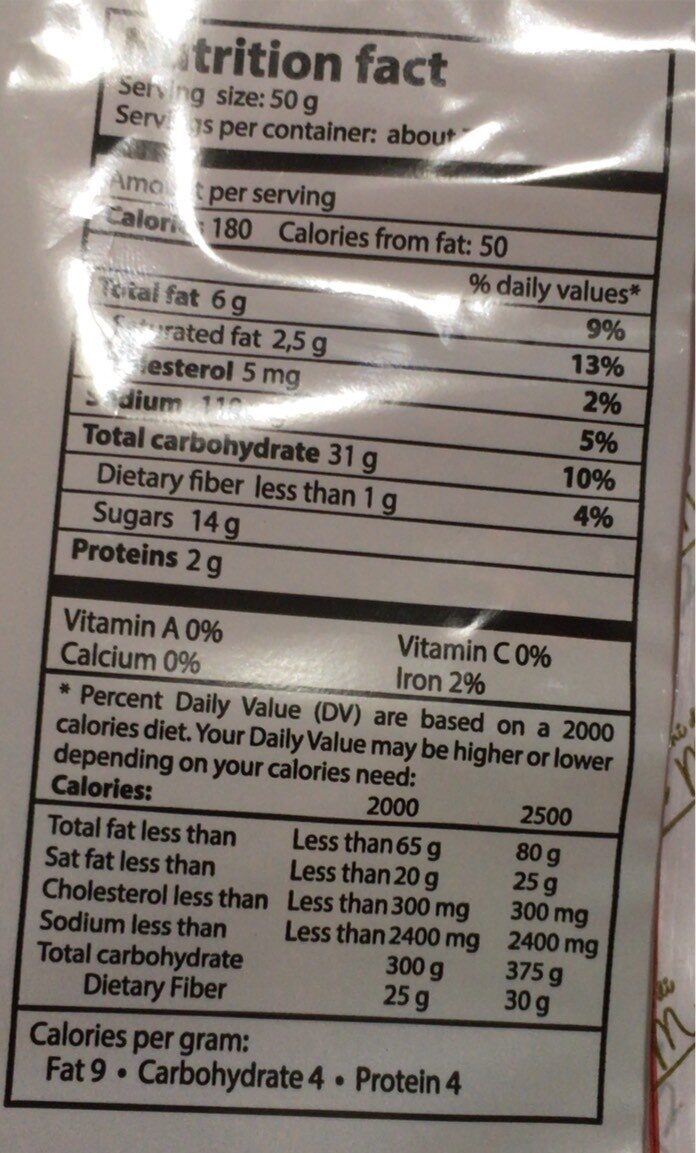Crostata alla ciliegia - Le tradizioni di Nonno Mario - 350 g
This product page is not complete. You can help to complete it by editing it and adding more data from the photos we have, or by taking more photos using the app for Android or iPhone/iPad. Thank you!
×
Barcode: 8003896000026 (EAN / EAN-13)
Common name: Crostata alla confettura di ciliegia
Quantity: 350 g
Packaging: Plastic
Brands: Le tradizioni di Nonno Mario, Santangelo
Categories: Sweet pies, Pies, Crostata
Labels, certifications, awards: No GMOs, No hydrogenated fats, it:Uova da galline allevate a terra
Manufacturing or processing places: Italien, Italia, Santangelo Group s.r.l., Via Giulio Natta 22 - 05100 - Terni (TR) Italia
Countries where sold: Italy
Matching with your preferences
Environment
Packaging
Transportation
Threatened species
Report a problem
Data sources
Product added on by twoflower
Last edit of product page on by duhowpi.
Product page also edited by kiliweb, moon-rabbit, ohmnibus, packbot, telperion87, yuka.sY2b0xO6T85zoF3NwEKvlmJ7V-fhhzPILy7WhU7R39uFNIXjO8h72LmiOKs.










